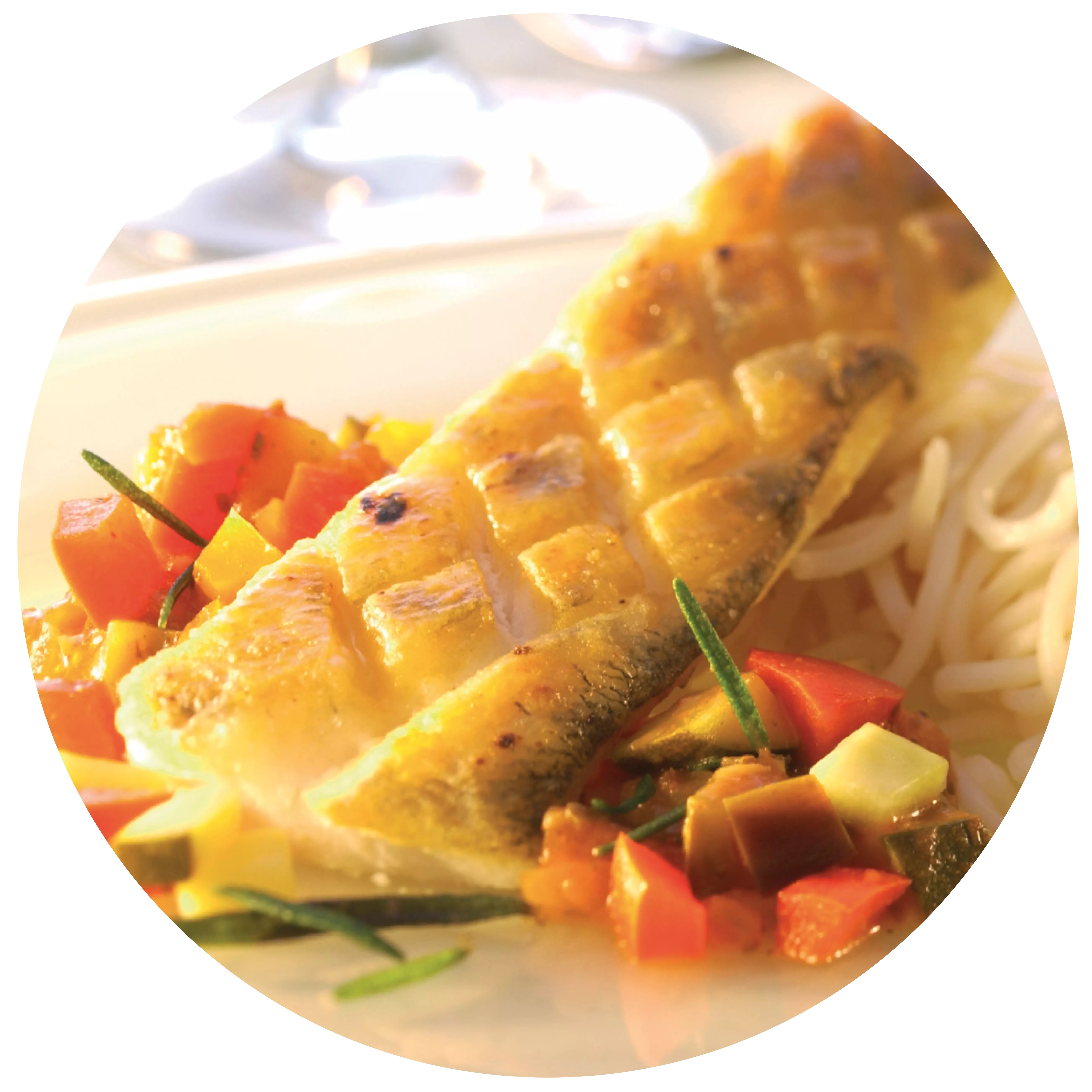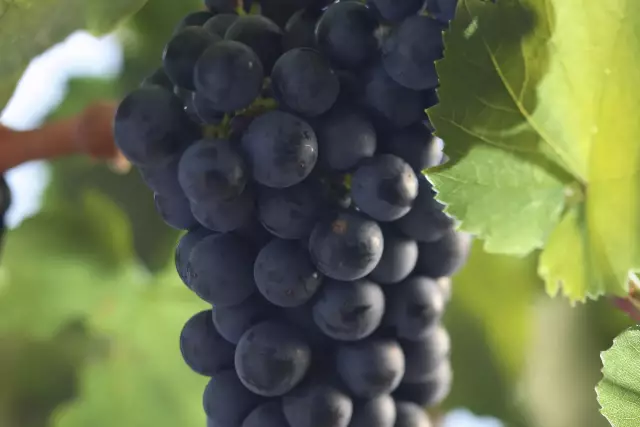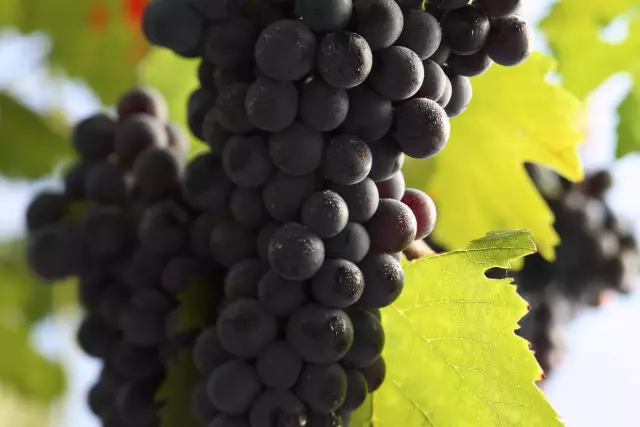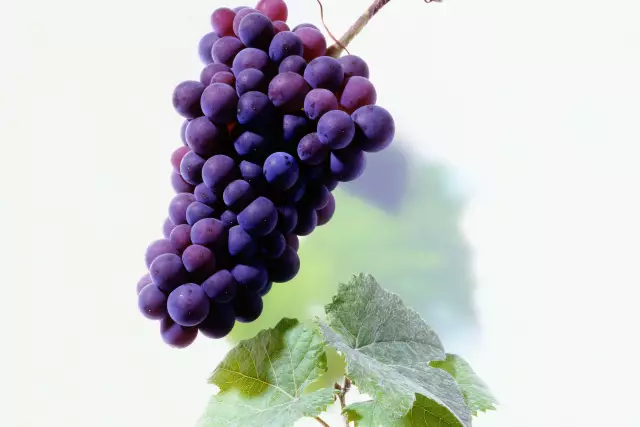Chardonnay
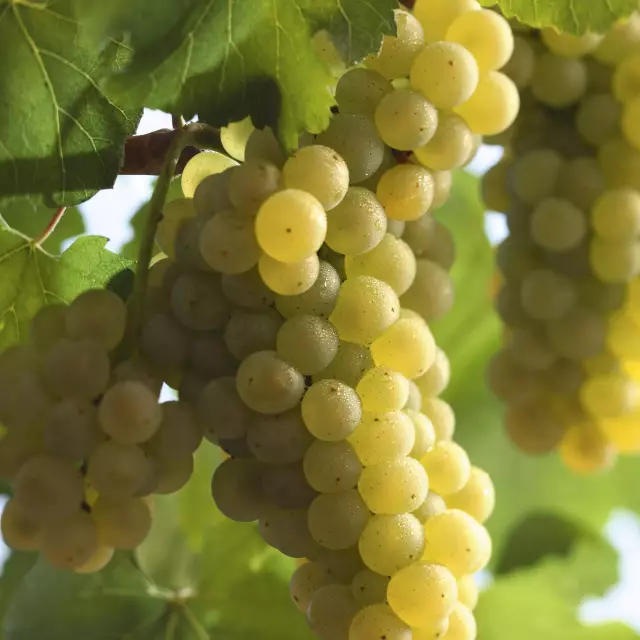
Chardonnay is one of the most popular grape varieties in the world. Its cultivation is steadily increasing in Germany too. The wines are suitable for many drinking occasions.
Facts
-
2, 912 ha
Vineyard area in Germany 2023
Cultivation
Chardonnay is represented in practically all wine-producing countries and occupies an area under cultivation worldwide that is three times as large as that of Riesling. In Germany, too, its cultivation is slowly but steadily increasing. Every year, up to 100 hectares are added. With about 2,912 hectares under cultivation in 2023 (2,377 hectares in 2020), it accounts for about 2.8 percent of Germany's total cultivated area. Chardonnany is mainly cultivated in Rheinhessen with 1,087 hectares (2023) and in the Palatinate with 969 hectares. It is also planted with good and best results in areas with a traditionally high proportion of Burgundy, such as the Kaiserstuhl in Baden with 344 hectares.
Vinification and taste
Chardonnay makes similarly high demands on the site as Pinot Blanc or Riesling. Therefore, marginal sites are unsuitable. It thrives best on deep, chalky and warm soils. Chardonnay has good winter hardiness, it is not particularly susceptible to diseases, only the thin berry skins favour the formation of botrytis. It is planted widely. Higher stems improve the flowering resistance. In autumn, it ripens quite late - similar to Pinot Blanc - and can be harvested shortly before Riesling. The degrees of Oechsle are comparable to those of a Pinot Blanc, with low yields even higher. The acidity levels reach an appealing level in suitable sites.
Since Chardonnay is offered in various quality levels, from fresh quality wine to a powerful, dry Auslese, it can be used for a wide variety of occasions. Light, young wines go well with fish and seafood, while strong or woody wines go well with roast meats as well as hearty cheeses.
Most wines are matured dry. In addition to ageing in stainless steel tanks, barrique ageing is very common for this variety. However, only high-quality base wines are suitable for this. Fresh, fruity wines are also made by the sparkling process. The aroma of melons, exotic fruits, overripe gooseberries or not quite ripe apples is typical of Chardonnay. Higher qualities usually have plenty of alcohol and extract, they are full-bodied and long-lasting. If they are matured in barriques, wood aromas complement the primary fruit aromas.
History
Like many other old grape varieties, Chardonnay has its origins in the Near East. With the spread of wine culture, the variety came to France and found a new home in Burgundy in particular. A settlement near Tournus called "Chardonnay" may have given the variety its name. In Burgundy, the monasteries took care of the spread and cultivation of the variety. For centuries, Chardonnay has stood for great white wines from Burgundy and it also plays an essential role in Champagne. In Germany, Chardonnay was approved in 1991, but since various companies had already purchased seedlings from France in earlier years, some German Chardonnay stocks are much older.
Rosa Chardonnay
In February 2020, the Rosa Chardonnay grape variety was approved by the Federal Plant Variety Office and thus for the production of quality wines. According to information from the Hochschule Geisenheim University (breeders of the grape variety), Rosa Chardonnay is characterized by a higher resistance to rot than classic Chardonnay.
In terms of taste and color, the wines of Rosa Chardonnay are comparable to those of Chardonnay, and can be described as full-bodied and complex. In Rhineland-Pfalz, the variety has been grown on around 6 hectares. (As of March 2020)
Where does the name Chardonnay come from?
It is assumed that a settlement near Tournus in Burgundy was the inspiration for the name "Chardonnay".
and fine noodles Pikeperch with ratatouille
and fine noodles
- 4 große Zanderfilets mit Haut (ohne Schuppen)
- 1 Pck. chinesische Eiernudeln
- 10 reife Tomaten
- 1 gewürfelte rote Paprikaschote
- 1 gelbe Paprikaschote
- 2 Zucchini
- 1 gewürfelte rote Gemüsezwiebel
- 1 zerdrückte Knoblauchzehe
- 0.3 Liter trockener Rivaner
- 0.2 Liter Sangrita Picante
- 3 EL Basilikum-Pesto
- 1 EL Butter
- Eine Prise Salz & Pfeffer
- 1 EL Olivenöl
1. Cook the egg noodles in plenty of salted water with a little olive oil.
2. dice the tomatoes, peppers and courgettes.
3. sauté the diced onion and the chopped garlic in a little olive oil, add the diced vegetables and sauté with them.
Sauté until soft.
4. deglaze with the Rivaner, fill with sangrita and cook until al dente. Finally, add the basil pesto and season everything with salt and pepper.
<p
<p>5. Remove the pikeperch from the bone (see „Tip“). Season the fish, dredge in flour (it will be even crispier with potato starch), place skin side down in a hot pan with a little olive oil and weigh down with a plate so that the fish cannot move.
<p
<p>6. Cook the zander for 2 to 3 minutes on the skin side only; it should turn golden brown and crispy.
7 Toss the cooked pasta in butter with a little salt. Place on a large plate, arrange the ratatouille around it and place the zander in the centre.
<p
<p>Tip: To remove the bones, run your finger along the centre of the fish fillet against the fibres and then remove the bones with a clean cut.
- Müller-Thurgau (süß & edelsüß)
- Chardonnay (halbtrocken & feinherb)
- Spätburgunder / Pinot Noir (halbtrocken & feinherb)
